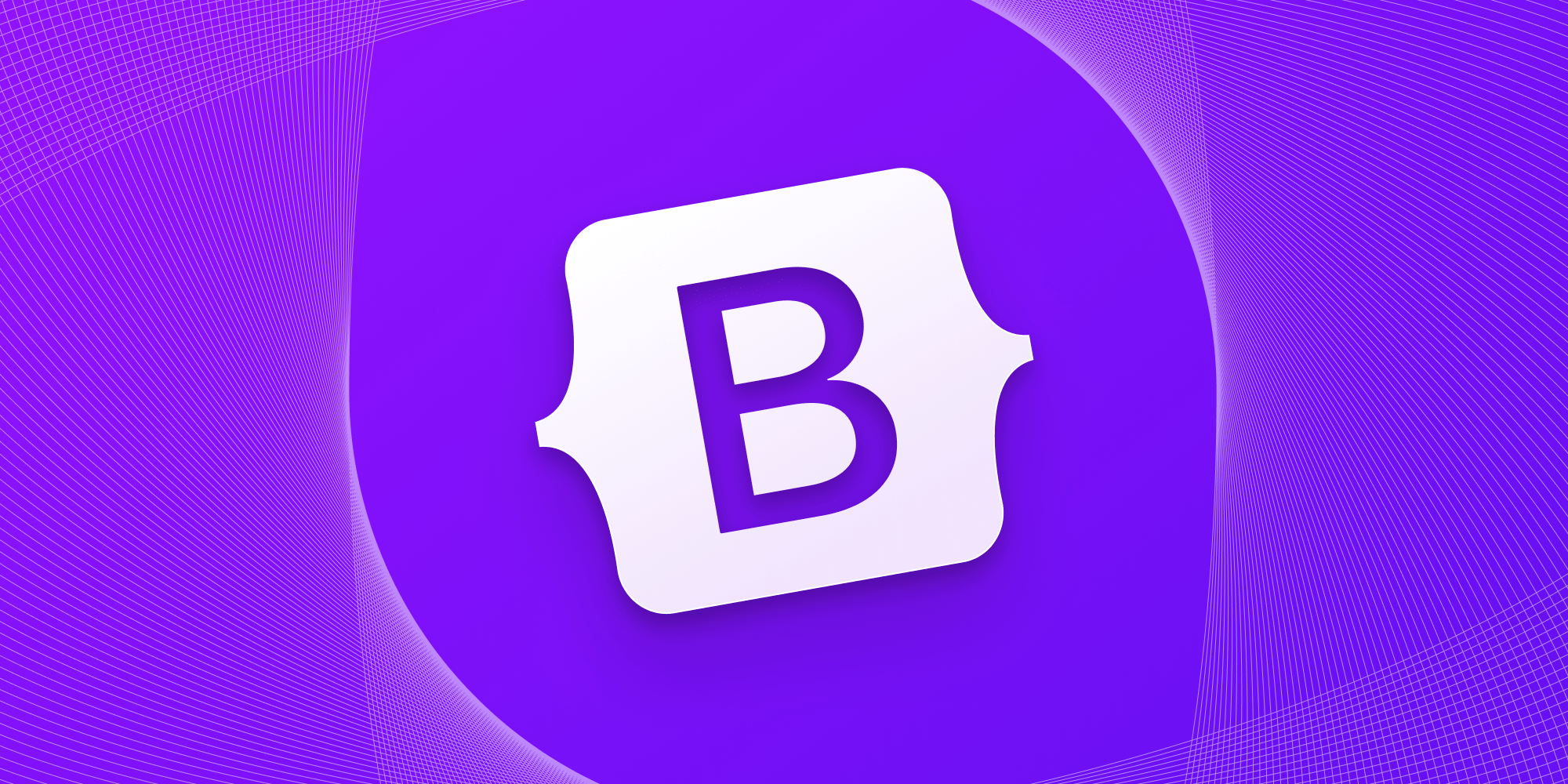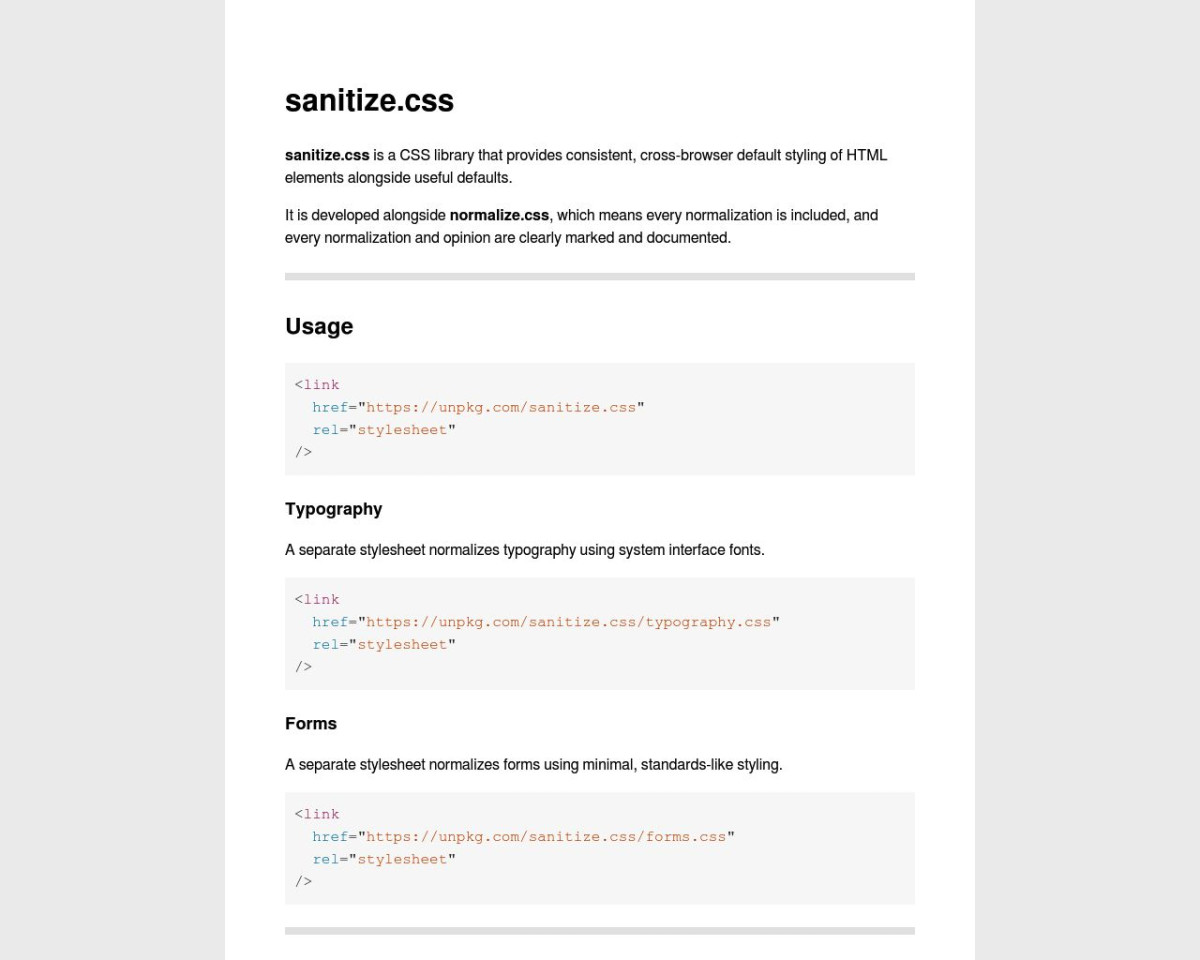What is Semantic UI?
Semantic UI is a development framework that helps create beautiful, responsive layouts using human-friendly HTML. It provides a comprehensive suite of components, including buttons, forms, grids, and more, all designed to be highly customizable and easy to integrate. Semantic UI emphasizes simplicity and intuitiveness, making it a favorite among developers for building consistent and visually appealing user interfaces.
How Semantic UI Works
Semantic UI uses a unique approach where words and classes are treated as exchangeable concepts, utilizing natural language syntax for class names. This makes it easier for developers to understand and apply styles intuitively. It integrates seamlessly with popular JavaScript frameworks like React, Angular, and Vue, allowing developers to maintain a consistent UI design across various platforms and projects.
What Problem Semantic UI Solves
Semantic UI addresses the need for a more intuitive and human-friendly approach to styling web applications. Traditional CSS can be verbose and difficult to manage, especially for large projects. Semantic UI simplifies this by using a natural language approach, making the code more readable and maintainable. It also ensures that all components are responsive and accessible, adhering to modern web standards.
Semantic UI Features
Human-Friendly HTML
Uses natural language syntax for class names, making the code more readable and intuitive.
Comprehensive Component Library
Includes a wide range of UI components such as buttons, forms, grids, and more.
Customizable Themes
Offers extensive theming options to match your brand’s design requirements.
Responsive Design
Ensures that all components are fully responsive and adapt to different screen sizes.
JavaScript Integrations
Integrates seamlessly with popular JavaScript frameworks like React, Angular, and Vue.
Accessibility
Components are designed to be accessible, adhering to WAI-ARIA standards.
Performance Logging
Includes tools for performance logging and debugging.
Pricing
Semantic UI is free and open-source, making it accessible for developers of all levels and budgets.
Pros and Cons
Pros:
Human-friendly HTML makes code more readable.
Comprehensive library of customizable components.
Fully responsive and accessible.
Free and open-source.
Integrates with popular JavaScript frameworks.
Cons:
Learning curve for beginners new to the framework.
May require additional customization for complex designs.
Common Questions
How do I get started with Semantic UI?
Visit the Semantic UI website, explore the documentation, and start integrating Semantic UI components into your project.
Is Semantic UI free to use?
Yes, Semantic UI is completely free and open-source.
Can Semantic UI be customized to fit my brand?
Yes, Semantic UI offers extensive theming options to match your brand’s design requirements.
What kind of support does Semantic UI offer?
Semantic UI provides comprehensive documentation and an active community for support and guidance.
Conclusion
Semantic UI is an excellent choice for developers looking to create beautiful, responsive, and accessible web applications. Its human-friendly approach to HTML and comprehensive library of components make it a valuable tool for both simple and complex projects. Whether you are a beginner or an experienced developer, Semantic UI offers the flexibility and power you need to build high-quality user interfaces.






